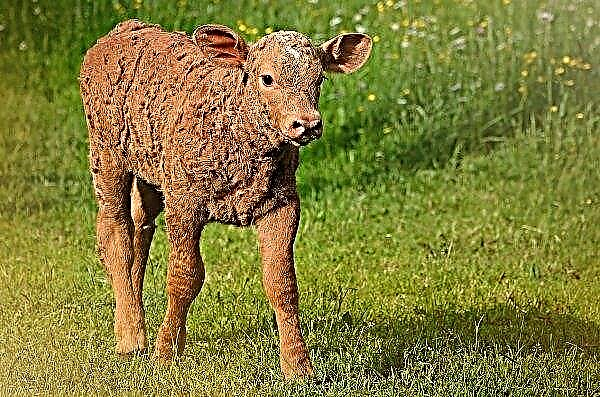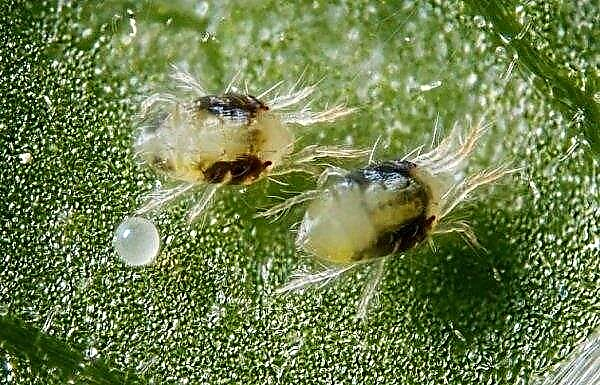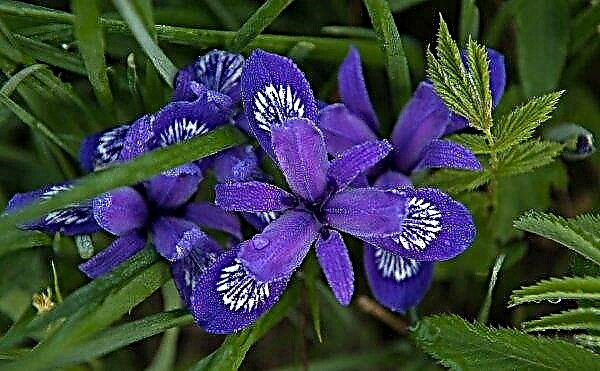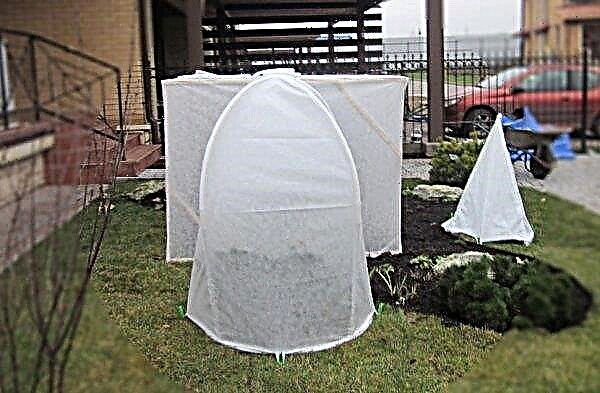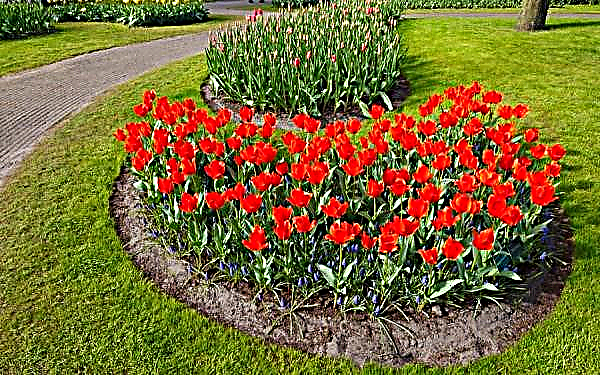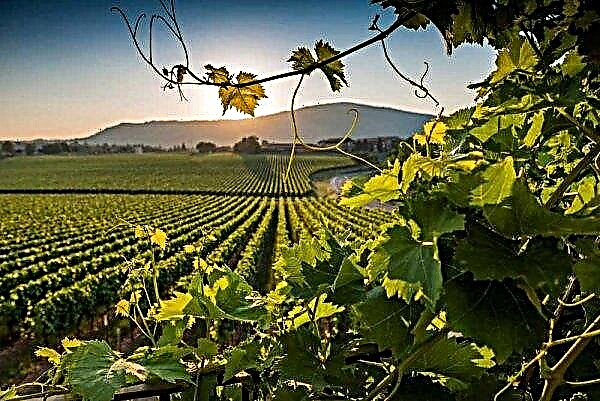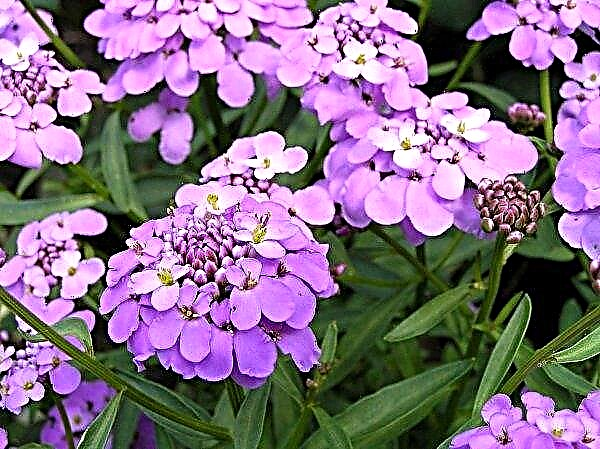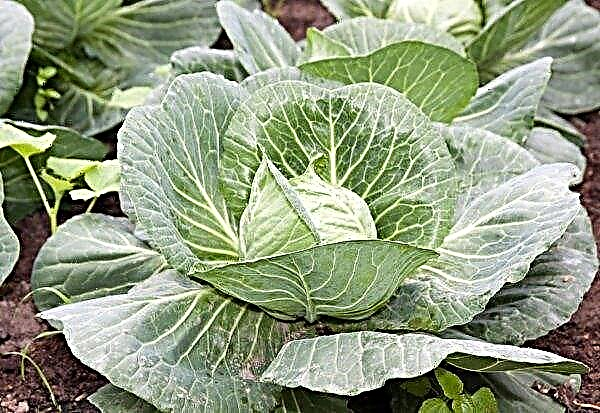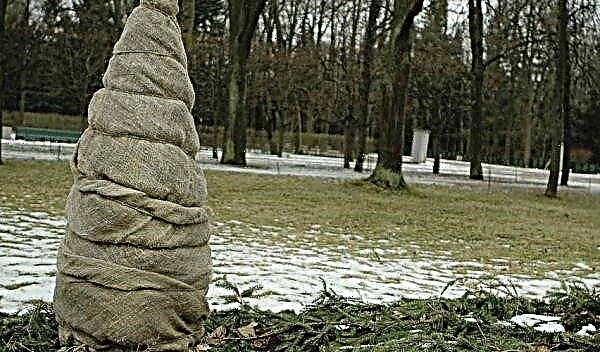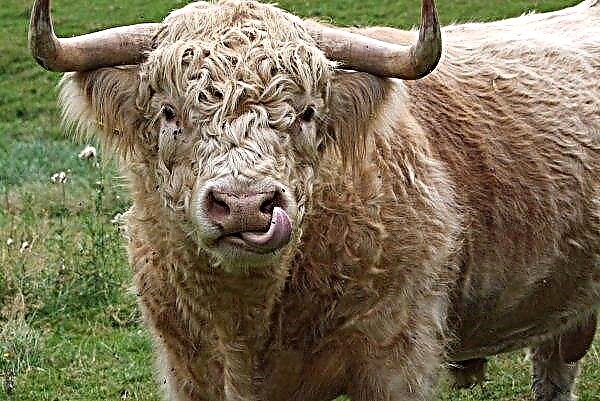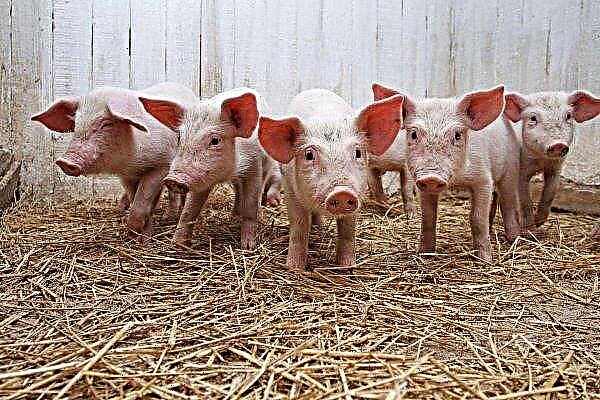Hydrangea decorates the site with its large and elegant buds until the cold weather. But so that the bush does not lose its beauty, is healthy and resistant to many dangers, it is necessary to take good care of it. The name of the flower itself is translated as a vessel for water, which means that water is the key to its successful growth. But another important point is fertilizer, because the plant, like other living organisms, requires vitamins.
Types of Feeding
- Fertilizer contributes to:
- strengthening shoots, stems and buds;
- rapid growth;
- lush flowering;
- removing a specific color of buds;
- protect the bush from disease.

Hydrangea supplementation can consist of both mineral fertilizers and organic fertilizers. Store-based products are best used in combination, since you do not need to measure the proportions, but simply follow the instructions on the package.
Important! Hydrangea cannot be fed with ash, as the soil becomes too alkaline. Because of this, the flower may become sick.
Among gardeners, such companies are now popular:
- Fertika - produce liquid fertilizer, which is poured into the ground once a week. Thanks to its safe composition, it can also be used for indoor hydrangeas. Makes flowers and leaves bright and beautiful.
- Pokon - speeds up and prolongs flowering. Apply in the spring, and all the beneficial elements nourish the plant all season.
- Bona forte - a universal tool for strengthening plants. Able to change the color of some varieties.

You can alternate with complex top dressing and organic:
- manure;
- infusion of herbs;
- vermicompost;
- mullein solution;
- humus.

What to feed in the fall
In autumn, you need to thoroughly approach the hydrangea warming for the winter. During this period, it requires high-quality nutrition. The plant needs to be fertilized with potassium-phosphorus agents. To do this, dilute 1 tbsp. l superphosphate and potassium sulfate in 10 liters of water. For one bush, about 8 liters of solution will be required.
Did you know? In the world there are hydrangeas that do not grow in the form of a bush, but look like small trees.
You can also take humus, it must be laid out near the flower. Since the plant is water-loving, it does not tolerate the slightest drought, make sure that the soil is always moist. For irrigation it is better to use rain, settled or purified, preferably warm water.
Video: Feeding hydrangeas before winter
In September
Almost all autumn fertilizers fall in September, before the onset of severe frosts. Potassium phosphorus preparations are introduced into the soil, which prepare the flower for frost. Biohumus, humus, peat are also used. Organics are laid out on top, near the roots, which will help warm them in the winter.
Important! It is impossible to fertilize with nitrogen, since they contribute to the development of new kidneys, but they will not have time to get stronger and freeze.
After trimming
When all the foliage flies around, you can start preparing the plant for winter. Since hydrangea branches are actively thickening, it must be cut off. This procedure should be carried out in the fall, when the bush "fell asleep." Be sure to remove dead wood, because it can break from snow.

Sick and damaged shoots are removed. Also, the leaves are scorched so as not to provoke the spread of diseases. Immediately after trimming, top dressing can not be entered, you need to wait 2 weeks and fertilize with potassium-phosphorus products.
Important! If hydrangea is not taken care of, it will cease to bloom. And rehabilitation can take many years.
Features of autumn top dressing in preparation for winter
Before covering for the winter, the plant needs to be fertilized with organics. You can mulch the surface of the earth near the root system with manure or compost. This method will help to warm the plant in cold weather, and the flower will receive useful elements throughout the winter. The last time hydrangea is fed a couple of weeks before the cold weather and left until warming.
The difference in feeding different types of hydrangea
In order to grow a chic and healthy plant, you need to take into account the needs of each variety. And pick up fertilizers that are suitable for this particular flower. Top dressing depending on the type of hydrangea is not very different, but still there are some features. If you follow them, you can achieve great results in breeding flowers.
Did you know? The shade of large-leaved hydrangea depends on the composition of the soil.
Tree-like
Among all types of hydrangea, the tree-like is the most hardy, persistent and unpretentious in care. Many varieties can survive temperatures up to -20 ° C. In autumn, the bush is prepared for wintering - phosphorus and potassium are introduced. Nitrogen is not watered. Mulch with humus, manure or compost. To strengthen new kidneys, water it with a weak solution of manganese.

Large leaf
Large-leaved hydrangea is much more capricious than panicled or tree-like. Since these species quickly take root in domestic latitudes and winter without much shelter. And gentle macrophiles need a special trip.
Before fertilizing large-leaved hydrangea, consider some of the nuances:
- Blue varieties require acidic soil in which phosphorus is present. In autumn, you can make a solution of potassium sulfate and ammonium sulfate. Needles, humus, biohumus are suitable for mulching.
- Pink need phosphorus. From store funds, you can use "Agricola 2". From organic - manure, an infusion of greens.
- White and red are fertilized with complex mineral fertilizers.

Before the introduction of chemical fertilizers, you need to water the flower well so as not to burn the roots. Many gardeners often resort to folk recipes, for example, to balance the acidity of the soil, dilute 60 g of citric acid in 10 l of water (you can use 100 ml of table vinegar). With a solution, water the earth around the flower.
Important! Varieties of large-leaved hydrangea are very tender, so do not overdo it with useful components, since in excess they can cause great harm.
Panicle
Panicled hydrangea needs constant fertilizer. If you do not give it to her, she ceases to bloom, grow, becomes dull and lifeless. You can feed a flower with a mullein solution 2 times in 2 weeks. For 1 bucket you need 3 liters of water.
Preparation for the winter period includes pruning of damaged branches and stems. Get rid of the leaves. After that, it is forbidden to make minerals and organic matter for 2 weeks. After this period, manure is mulched. This is done to warm the roots, some of which are on the surface. In general, feeding panicled hydrangea does not differ from fertilizing tree-like varieties.
Sufficient soil acidity and proper fertilizer, as well as regular watering, are a direct way to achieve a healthy and chic plant that will surprise every passerby. As many gardeners say, hydrangea is a grateful flower. If you know all the features of different types, she will not take away a huge amount of time and energy from you, but rather she will thank you with indescribable beauty until winter.
